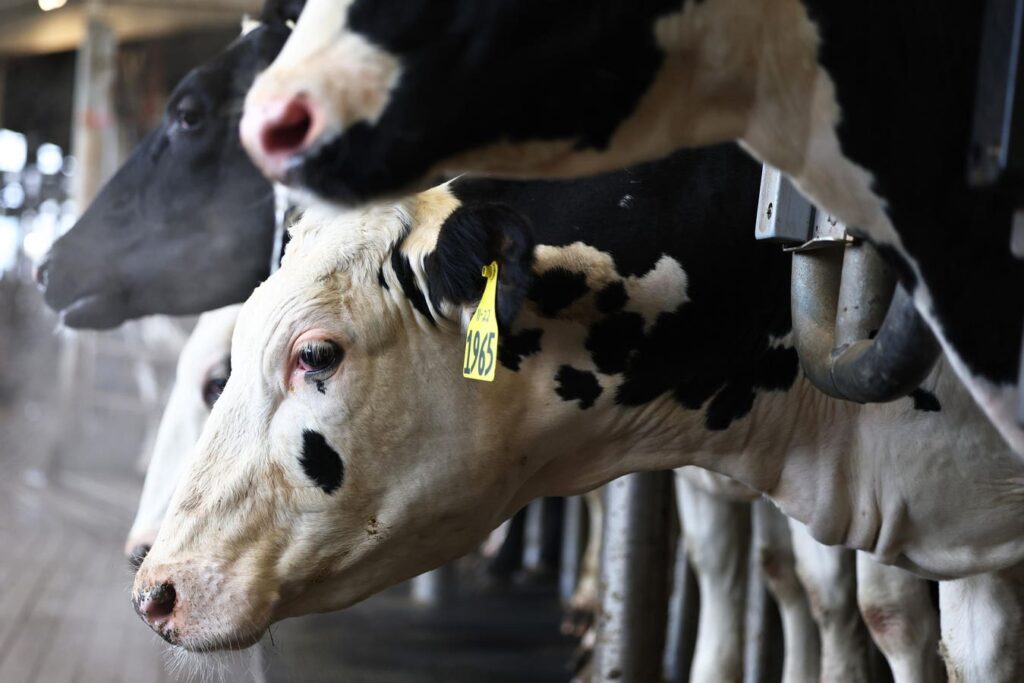Topline
A strain of the H5N1 bird flu virus that has typically spread in poultry and wild birds recently jumped to dairy cattle in Nevada, the Department of Agriculture reported Wednesday, noting the transition is the first time the strain has been detected in cows.
The USDA announced the strain’s jump to cows Wednesday. (Photo by Michael M. Santiago/Getty Images)
Getty ImagesKey Facts
The strain, known as D1.1, was detected in Nevada dairy cattle after being the predominant variant in North American birds last fall and winter.
The USDA did not clarify the exact number of cows infected with the strain, which was first detected in milk collected from a silo by the USDA last year, The New York Times reported.
Cows impacted by H5N1 infection outbreaks in the last year have primarily contracted the B3.13 strain, with over 950 herds infected across 16 states.
The D1.1 strain killed an elderly Louisiana resident in January and hospitalized a Canadian child last year (only 67 Americans have contracted H5N1 so far and the public health risk remains low)
Get Forbes Breaking News Text Alerts: We’re launching text message alerts so you’ll always know the biggest stories shaping the day’s headlines. Text “Alerts” to (201) 335-0739 or sign up here.
Has The Bird Flu Impacted The Consumer Milk Supply?
Not really. Officials have maintained that pasteurized milk is safe, with studies showing the pasteurization process of briefly heating milk inactivates the virus. No human bird flu cases have been linked to the consumption of raw milk. However, health officials still remain wary of raw milk consumption, citing a lack of data around whether humans can contract the bird flu from drinking it. The California Department of Public Health has also said consuming unpasteurized milk raises the risk of contracting foodborne illness.
What We Don’t Know
Former USDA scientist John Korslund told the Los Angeles Times it is unclear if cows infected by B3.13 will have immunity to the D1.1 strain. The strain’s jump to cows also creates questions including how other livestock could be infected and what symptoms agriculture workers should be looking for.
Key Background
The bird flu has been detected in over 150 million poultry and 11,627 wild birds since 2022. The Centers for Disease Control and Prevention began recording bird flu infections in cattle last year and have identified 957 dairy herds infections amid an ongoing multi-state outbreak. The bird flu has reportedly caused mild symptoms in the agricultural workers it has infected. Symptoms are wide-ranging and include fever, shortness of breath and vomiting and can range from mild to severe in nature. The CDC has noted the illness cannot be diagnosed on symptoms alone and requires laboratory testing to obtain a diagnosis.
Further Reading
Suspected Bird Flu Case May Be Linked To Raw Milk, California Health Officials Say—Here’s What To Know (Forbes)
Bird Flu (H5N1) Explained: CDC Reports First Case With No Known Animal Exposure (Forbes)
Read the full article here


